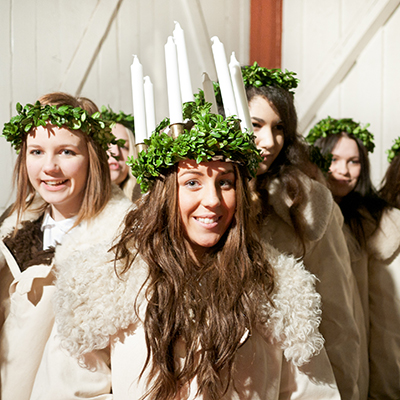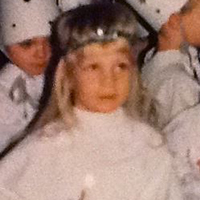These holiday traditions will surprise you
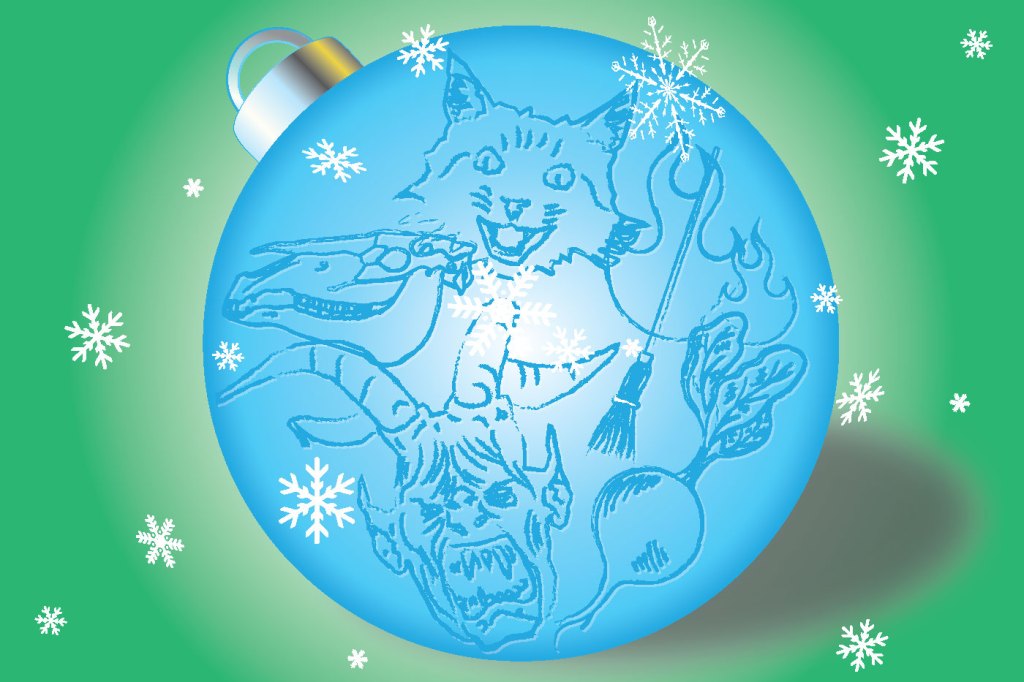
Americans may be familiar with seasonal traditions such as eggnog around the tree and New Years bonfires.
But what about other cultures?
Roll over the map to take a look at some surprising holiday traditions from around the world!
Click on the red dots to take a look at some surprising holiday traditions from around the world!

Oaxaca, Mexico: Night of the Radishes (Noche de Los Rábanos)
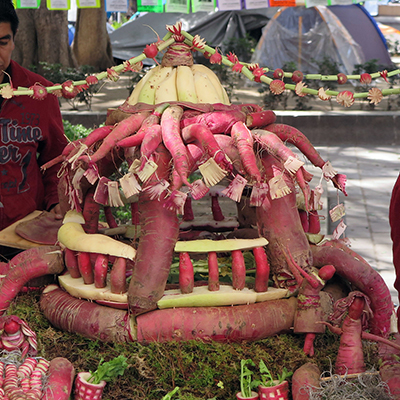
Begun in the late 19th century as a way to attract customers to the annual Christmas markets, the festival has turned into a major event dedicated to the carving of oversized radishes that compete for prizes in various categories.  Capitalizing on the traditional wood carving history of the area, people grow special “carving” radishes for the occasion. Displays can be quite elaborate, incorporating many individual radishes along with other decorative elements.
Capitalizing on the traditional wood carving history of the area, people grow special “carving” radishes for the occasion. Displays can be quite elaborate, incorporating many individual radishes along with other decorative elements.
Guatemala: La Queme del Diablo
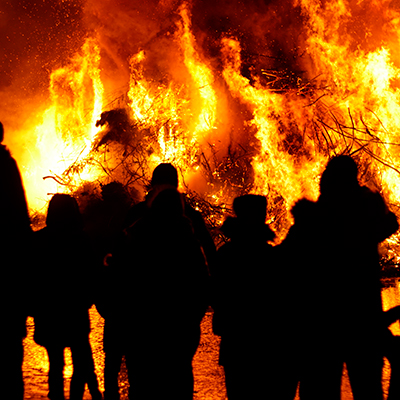
Residents clean their homes and create a communal trash pile that is then topped with an effigy of the devil. This pile is burned in a spectacular bonfire, ceremoniously ridding the town of evil spirits (and trash), while bestowing blessings and good luck for the new year to come.
Iceland: Yule Cat (Jólakötturinn/Jólaköttur)

Legend has it that a large and vicious cat will attack and devour those who do not have their new winter clothes ready by the end of the year. As wool has historically been one of Iceland’s most important trade goods, it is thought that this folktale was originally conceived as an incentive to finish the processing of wool from the fall harvest before the winter months.
Wales: Mari Lwyd
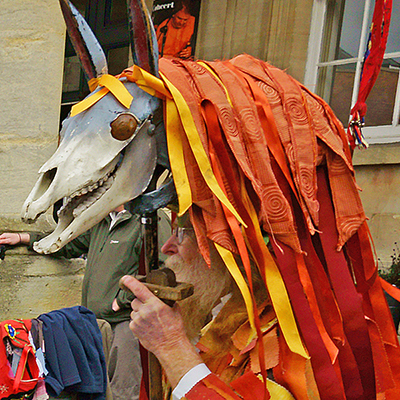
Mari Lwyd, meaning “grey mare,” is a wassailing tradition in Wales. Throughout the winter season, festive groups will go caroling in exchange for food and drink, with one in their party dressed as a horse with a real horse skull atop his or her head (or affixed to a pole). Although the origins of the tradition are unclear, folklorists speculate that it has pre-Christian, pagan origins, and may be connected to fertility rites.
Norway: Hiding brooms

Since legend asserts that witches and evil spirits come out on Christmas eve, Norwegians will hide all the brooms and mops in the house so that spectral troublemakers cannot use them for transportation or other nefarious business. Noisemakers such as firearms and fireworks may also be employed to further dissuade ghostly mischief.
Germany/Central Europe: Krampus

Often seen travelling with a costumed Saint Nicholas during the holiday season, a terrifying half man, half beast named Krampus roams the streets of central Europe, meting out punishment and terror to those children who have not made Santa’s nice list. Featuring horns, fangs, and a long tongue, Krampus strikes fear (and, presumably, obedience) into the hearts of local children while threatening to haul particularly naughty offenders back to his lair—never to be seen again. Few dare to cross Krampus more than once.
Italy: La Befana

On January 5th (Epiphany eve), children wait not for Santa Claus but for La Befana (“giver of gifts”), an ugly–but kindly–old witch who bestows gifts, clothing, and candy on all good children. La Befana travels by broom and enters through the chimney, expecting a treat of broccoli, spiced sausage, and wine for her efforts.
Greece: Vasilopita

A large cake is baked with a coin hidden inside. On New Year’s Day, a slice is cut for each member of the family and any visitors present, in order of age from oldest to youngest. Finding the coin in your slice ensures good luck and blessings for the coming year.
Korea: Tteokguk

A dish consisting of broth with eggs, meat, seaweed, and thinly sliced rice cakes is eaten on New Year’s Day to bring good luck in the coming year and to gain a year of age and wisdom. Families often ceremoniously serve Teeokguk to departed ancestors during a joint meal.
“When I was young, I wanted to grew up faster so I ate more than one Tteokguk to get more years!”
Japan: KFC Dinner

While Christmas itself is not celebrated widely in Japan, a new tradition has developed involving a Kentucky Fried Chicken feast on December 25th instead of a home cooked meal. The popular custom began in 1974, when it was introduced to Japan for visitors who wanted a dinner resembling a traditional holiday meal, and was seized on by locals and corporate marketing executives as a novel diversion and a unique marketing opportunity. The tradition is so popular that reservations must be put in to KFC months in advance to ensure that a meal will be available for your event.
photo courtesy: sixmats
